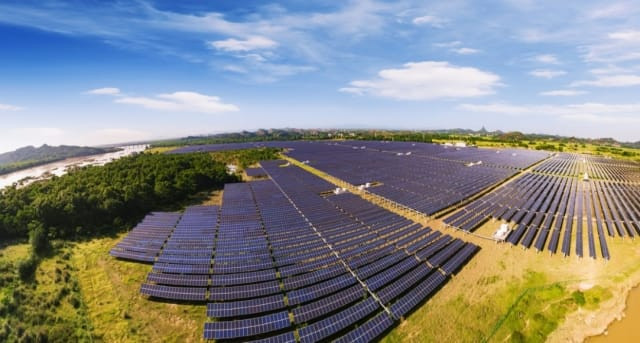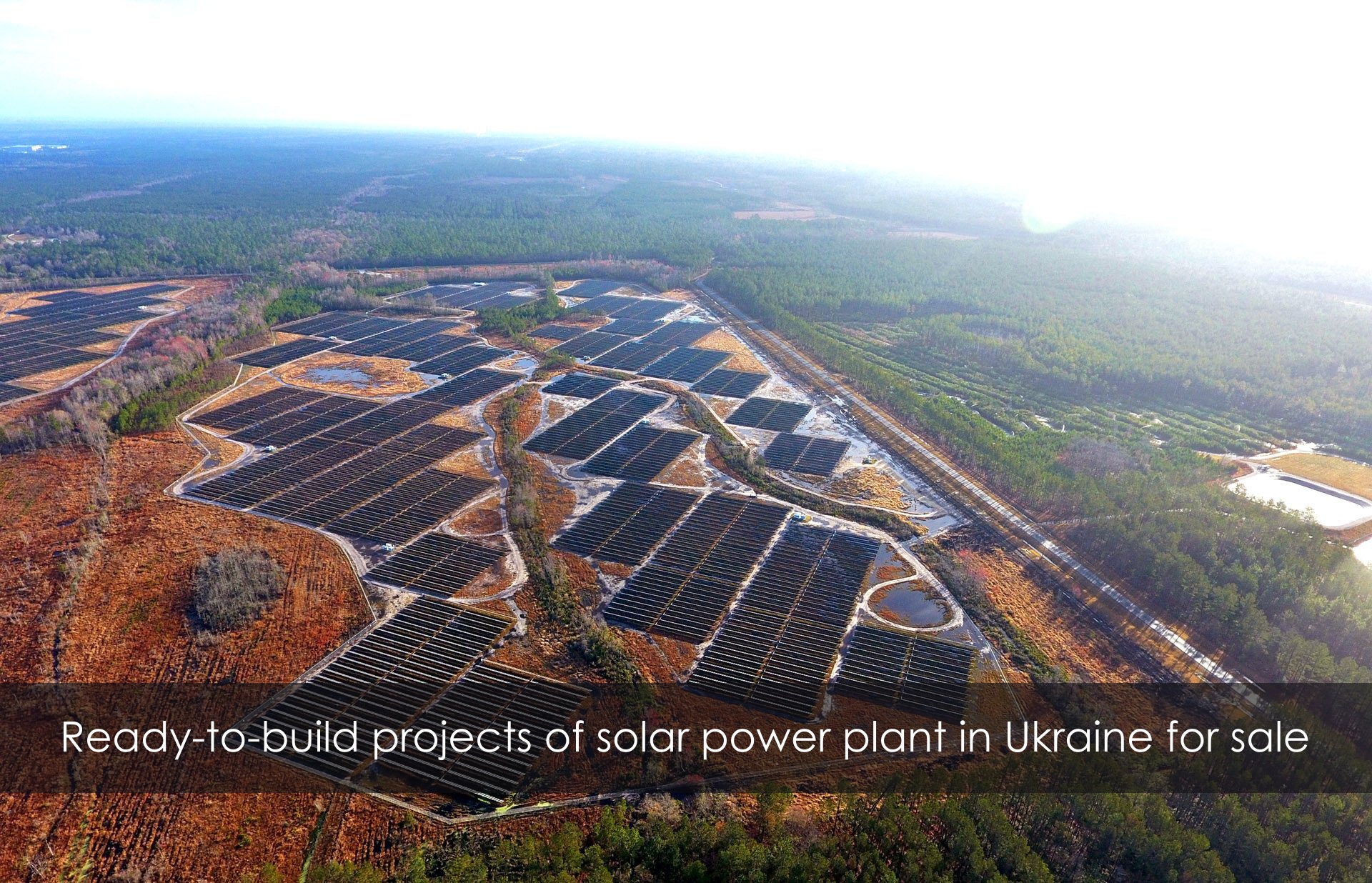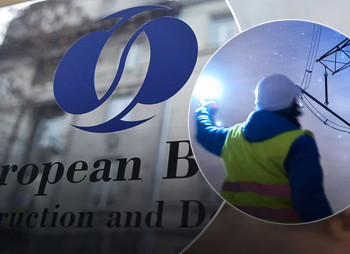Ukraine itself set a goal to produce a quarter of its energy from renewable sources by 2035. At the end of 2018, total renewables excluding large hydropower accounted for only about 2 percent of total energy produced in the country, but represented more than 8 percent of total energy costs.
In contrast, the European Union produced 17.5 percent of its power from renewable sources in 2017, according to Eurostat data released earlier this year. Sweden's is the highest, with about 54.5 percent by the end of 2018. The lowest, Luxembourg, has 6.4 percent renewable energy.
The EU members' green power costs are also a lot lower. For example, Ukrainian plants launching in 2019 under the feed-in tariff can get 15 euro cents per kilowatt hour for solar energy, while Germany's latest auction had costs dip below 6 euro cents per kilowatt-hour. Germany had about 40 percent of renewable generation by the start of 2019.
A 2015 IRENA report estimated Ukraine’s achievable renewable potential at 68.6 million tons of oil equivalent per year, approximately half of the total energy consumed in 2015. This estimate includes both electricity and heating. More realistically, the country can expect renewables to reach between 13 and 21 percent of its energy mix by 2030, according to the report.
As a major agricultural producer, Ukraine has millions of tons of biomass that can be harnessed into bioenergy. Agricultural and forestry waste, as well as energy crops and biogas can contribute to a feasible potential of over 800 petajoules per year — equivalent to a quarter of the country’s total final energy consumption in 2015. Biomass and biogas power plants now collectively comprise just over 100 megawatts as of the end of the first quarter of 2019.
“All the stakeholders that were earlier involved in preparing (Ukraine’s) energy strategy, they saw that there is huge potential in bio-energy,” said Gumeniuk. But, “because of the green tariff, this has skewed somewhat in favor of solar energy.”
Solar feed-in tariffs will drop by 25 percent in 2020, and by an additional 2.5 percent each year for three years. Wind will drop by 15 percent and 1.5 percent over the same periods, respectively.
According to IRENA, solar energy in Ukraine ranges from 1,070 kilowatt hours per square meter in the northern regions to 1,400 kilowatt hours per square meter in the south. Solar is the fastest growing source of green energy in Ukraine, with over 2 gigawatts. Close to a third of that amount, 684 megawatts, was installed over the first quarter of 2019. Several estimates found that Ukraine can accommodate 4 gigawatts of photovoltaic power.
The report estimated the country’s total economically feasible wind potential at 16 to 24 gigawatts. The most promising regions are in the south and southwest of Ukraine, where wind can reach above 7.5 meters per second at a height of 80 meters. Wind power is also growing very quickly, with capacity increasing by 68 megawatts in 2018 and by 173 megawatts in the first quarter of 2019.
Hydropower supplies around 7 percent of Ukraine’s energy. According to the report, Ukraine's total feasible hydro power potential is 7 million tons of oil equivalent.
Ukraine also has economically viable geothermal spots, although some of them are in Crimea and Luhansk Oblast, regions occupied by Russia.
Historical challenges
One of the new green auction law’s biggest aims — and challenges — will be to improve competition.
Since the feed-in tariff was introduced in 2009, renewable projects and subsidy streams became concentrated in the hands of a select group of politicians and business elites. When Viktor Yanukovych was still president, 85 percent of the country’s solar power production was owned by his ally, Serhiy Kluyev, who fled the country after Yanukovych was ousted in 2014 by the EuroMaidan Revolution. The China National Building Material company, a state-owned enterprise in Beijing, acquired Kluyev’s six solar plants in 2016.
According to Ekonomichna Pravda, a Ukrainian news magazine, and the Organized Crime and Corruption Reporting Project, over 300 companies are getting the green tariff and at least 35 of them belong to lawmakers, 19 to local officials and 30 more to a handful of the richest Ukrainians, especially the billionaire Rinat Akhmetov, who owns DTEK.
Multiple experts told the Kyiv Post that unlike in the rest of Europe, Ukraine has an upside-down system dominated by large players. Small players and citizens-have 12 percent of the market, he said.
In contrast, citizen cooperatives own more than a third of renewable energy in Germany. However, investigative reports revealed that some cooperatives are backed by major German energy companies. Denmark’s cooperatives also hold a significant share of the country’s renewable energy projects, even though their total number is declining.
“Historically, many projects started to develop when (the feed-in tariff) was introduced,” said Oleksiy Feliv, a partner with the law firm Intégrités. “Then in 2012-2013 they stopped because of more or less monopolization of the market by governmental or close to government companies. Then in 2014-2015, there was no development.”
In 2015, the Rada abolished a clause requiring renewable projects to use Ukrainian equipment, which had effectively closed the market off to foreign competition. Also in 2015, extremely high feed-in tariffs were reduced for major producers, which mostly consisted of Kluyev’s plants. Foreign investment into Ukraine’s renewables is relatively recent, starting a few years ago.
It is possible to draw a parallel with what happened in the Czech Republic over a decade ago. Czech media reported on a wide- ranging scandal involving ex-employees of the Czech Energy Regulatory Office who allegedly boosted energy purchase prices so that some companies would get higher profits, in exchange for bribes.
The Czech Republic’s high green tariffs led to tens of thousands of solar plants built, even when the state could not support them. The subsidies were later cut and a heavy tax was slapped on them, leading to outrage by many developers. The scandals cost the state about 200 billion koruna (about $8.85 billion), president Milos Zeman was quoted as saying. Renewable investment then stagnated.
Meanwhile, Spain had once introduced a high green tariff, attracting so much investment that the government could not sustain it. Spain then retroactively changed the tariffs, creating scandals with investors and dropping renewable development in the country to near zero for years.
This specter haunted some Ukrainian lawmakers who were worried that excessive feed-in tariffs would cause the market to fail.
Fears that this would happen in Ukraine helped the green auction law pass, despite the legislation having opponents. Olga Bielkova, the deputy head of the Rada’s committee on Fuel and Energy Complex, said that developers who already had projects on the way in Ukraine, fought to delay the green auction law, to extend their feed-in tariff “honeymoon period.”
Future competition
Bielkova finds the green auctions very encouraging for healthy competition and fair energy costs. According to her experience in the gas industry, introducing auctions brought out genuine market prices for energy and attracted the interest of serious investors.
No developer can bid for more than 25 percent of the capacity of any one auction under the Ukrainian law. This is meant to ensure that large companies don’t monopolize the sector. To promote competition, no more than 80 percent of an auction's total capacity can be granted to all participants.
It is not clear what will happen with smaller producers. Those whose projects are below 1 megawatt solar and below 5 megawatt wind will continue to enjoy existing feed-in tariffs until 2030, even though these tariffs will go down over the next few years.
Tetiana Kovalenko, spokeswoman for Ukrainian developer Indian Solar, said “the new rules will force the small players to leave the alternative energy market. Those companies that really see the development of alternative energy in Ukraine as their mission will remain on the market. Our company will also be among them.”
“The payback period of projects will increase due to a significant reduction in tariff and an additional financial burden in the form of a bank guarantee at the auction. The payback period for solar projects will be more than seven years, which is not attractive for SMEs in the current environment,” she added.
Multiple experts told the Kyiv Post that the future role of “prosumers” — small players and households that both produce and consume energy — is still not clear in Ukraine.







